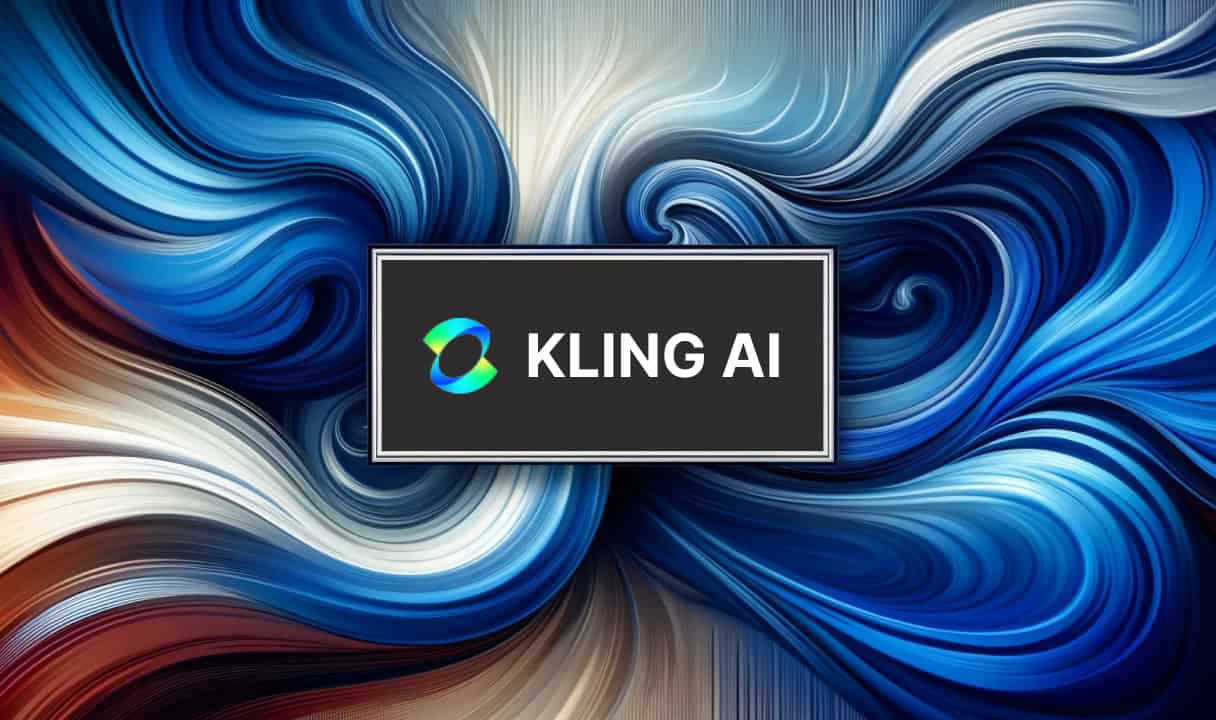Kling vs Veo 3: 2025 Feature Comparison
Kling vs Veo 3: The Ultimate AI Video Generation Showdown The AI video generation landscape

Kling vs Veo 3: The Ultimate AI Video Generation Showdown
The AI video generation landscape has evolved dramatically in 2025, with two standout platforms leading the charge: Kling and Google’s Veo 3. Both tools represent cutting-edge technology in artificial intelligence-powered video creation, but they each offer distinct advantages and approaches to content generation.
Kling, developed by Kuaishou Technology, has emerged as a powerful contender in the AI video space. Launched with a focus on accessibility and user-friendly interfaces, Kling specializes in creating high-quality video content from text prompts and images.
Google’s Veo 3 represents the third iteration of their video generation model, building upon the success of previous versions with enhanced capabilities and improved quality output.
Kling: Delivers solid 1080p output with good detail retention and color accuracy. The quality is consistently professional-grade, though it may struggle with very complex scenes.
Veo 3: Takes the lead with 4K resolution support and superior detail rendering. Google’s advanced neural networks produce more photorealistic results, especially in lighting and texture details.
Winner: Veo 3
Kling: Generates videos up to 2 minutes, which is suitable for most social media content and short-form videos.
Veo 3: Extends up to 4 minutes, providing more flexibility for longer-form content creation.
Winner: Veo 3
Kling: Generally faster processing times, with most videos ready within 2-5 minutes depending on complexity.
Veo 3: Longer processing times due to higher quality output, typically 5-15 minutes for complex scenes.
Winner: Kling
Kling: Intuitive interface designed for creators of all skill levels. Simple prompt input and straightforward controls.
Veo 3: More complex interface with advanced parameters, potentially overwhelming for beginners but powerful for experienced users.
Winner: Kling (for beginners), Veo 3 (for advanced users)
Kling: Good motion understanding with natural-looking animations, though occasionally produces unrealistic physics.
Veo 3: Exceptional physics simulation and motion understanding, producing highly realistic movements and interactions.
Winner: Veo 3
Kling: More accessible pricing tiers with generous free credits for new users. Subscription plans start at competitive rates.
Veo 3: Premium pricing reflecting its advanced capabilities. Limited free tier with paid plans at higher price points.
Winner: Kling
Kling’s faster processing times and user-friendly interface make it ideal for content creators who need quick turnaround times for social media posts, stories, and short-form content.
Veo 3’s superior quality and longer video capabilities make it better suited for professional projects, marketing campaigns, and high-end content creation where quality is paramount.
Kling’s intuitive interface and comprehensive tutorials make it the better choice for users new to AI video generation.
Veo 3’s advanced parameters and fine-tuning options appeal to users who want maximum control over their video output.
Both platforms are actively developing new features. Kling has announced plans for longer video support and improved motion understanding, while Google continues to enhance Veo 3’s capabilities with better integration across their ecosystem.
The choice between Kling and Veo 3 ultimately depends on your specific needs, budget, and technical requirements:
Choose Kling if you:
Choose Veo 3 if you:
Both platforms represent significant advances in AI video generation technology, and the competition between them continues to drive innovation in this rapidly evolving field. As these tools continue to develop, we can expect even more impressive capabilities and improved accessibility for creators at all levels.
Kling vs Veo 3: The Ultimate AI Video Generation Showdown The AI video generation landscape
Three years ago, I founded a creative company with the metaverse and music at its
Hera is an AI‑powered motion design platform that takes the drudgery out of animation. You